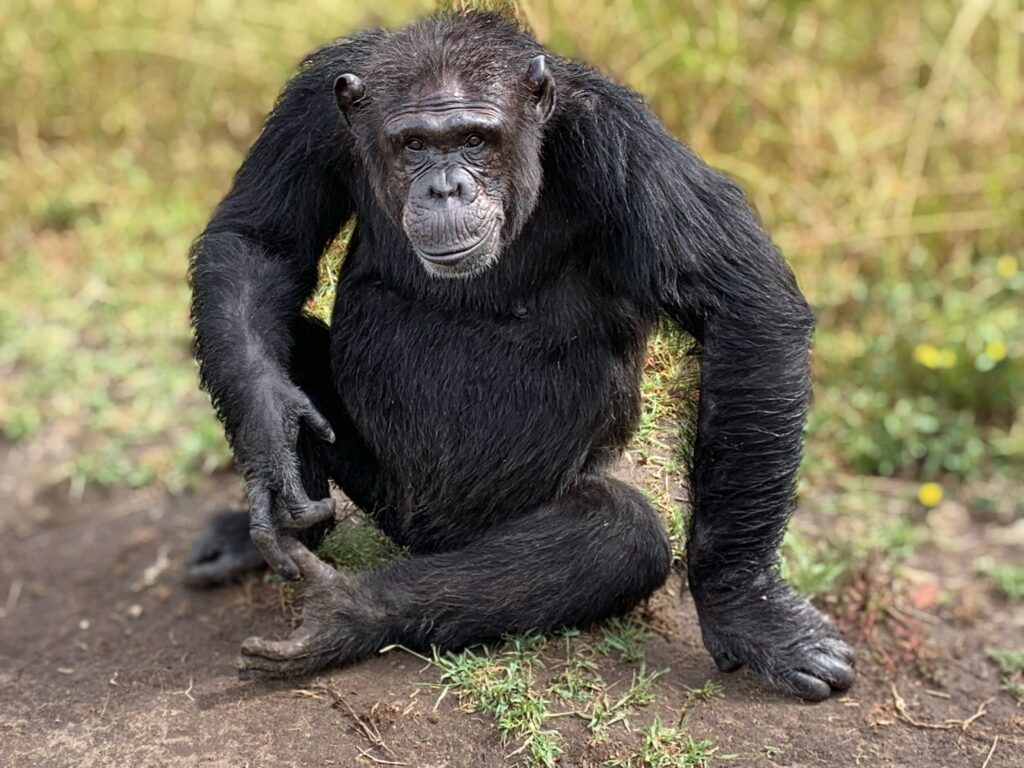
Photo by Faraz Islam, Battle for Planet
The great apes are the closest living relatives of the human species. Orangutans share 97% of the same DNA as humans with gorillas sharing 98% and chimpanzees and bonobos sharing 99%. The remaining great apes were endangered before the beginning of the Covid-19 pandemic but with the absence of the rangers who protect them, the extinction of the great apes may be nearer than previously estimated.
Since the 20th century, the mountain gorilla population was in steep decline and numbered only 480 individuals as of 2010. Thanks to conservation efforts funded by ecotourism, they number over 1,000 today. All that success may soon be undone. Great ape tourism has been suspended causing the national parks that are home to these species to be short of resources. As the great apes are so closely related to the human species, they are also prone to the diseases and infections that we carry. For example, gorilla-trekking, where visitors take a guided walk to see the gorillas in their natural habitat required the trekkers to wear a face mask even before the Covid-19 pandemic due to the fact that a common cold can be deadly to the gorillas, the Covid-19 virus to which they are potentially vulnerable may prove deadly to their dwindling numbers.
The Democratic Republic of Congo, home to gorillas and chimpanzees and the sole habitat of the bonobo, was already struggling with the less deadly and less contagious Ebola pandemic and it has been set back further by a new pandemic. In the absence of great ape tourism, we need to find different ways to support our closest living relatives.

The apes are so cute! great blog!!